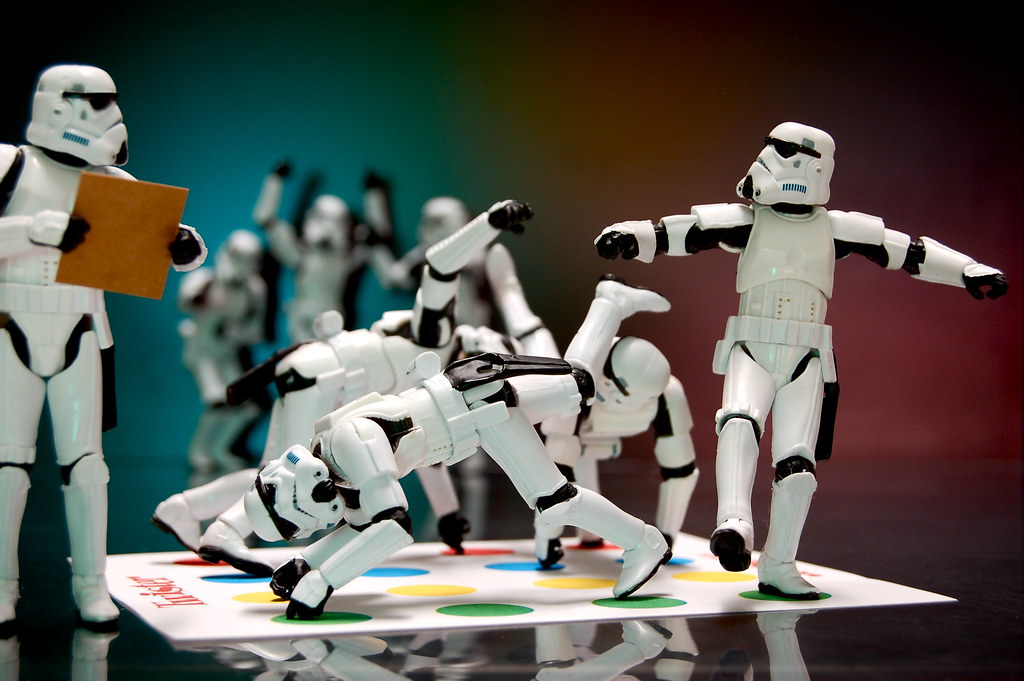
 CREATIVE COMMONS
CREATIVE COMMONS
Creative Commons is a nonprofit organization that enables the sharing and use of creativity and knowledge through free legal tools. Crediting an image should be assumed: always check each image's license for crediting details.
CREATIVE COMMON LICENSES
For a full description of CC licenses and the various restrictive uses and symbols see creativecommons.org/licenses/
PUBLIC DOMAIN
Works that are not protected by copyright are said to be in the Public Domain, and you are free to use them in any way you choose. That means no restrictions on copying and adapting, no need to seek permission, and no uncertainty about your rights as a user. There is also no legal requirement to attribute works in the Public Domain to their creators, but it is good etiquette in doing so and part of ensuring academic integrity. A work enters the Public Domain when its copyright expires.
Your attribution should follow this format, which adheres to Creative Commons best practices.
Title of image/video [linked to original image]
by Author [linked to profile page]
under License [linked to license deed]

Image Source: My Paradise Beach_Cuba by Nick Kenrick. Used under CC BY-NC-SA 2.0.

Image Source: Four Storms and a Twister by JD Hancock. Used under CC BY 2.0

Image Source: George Peabody Library. By Matthew Petroff. Used under CC BY SA 3.0.
You should give as much information as possible about the images that you have used, including these basics:

Image Source: Evening dress by Jeanne Hallee. 1911-1915. The Metropolitan Museum of Art, New York. Public Domain

Image Source: Dinant. By Joan Blaeu, 1649. Public Domain

Image Source: Copyright Football by #Banksy by Dunk. Used under CC BY-NC-SA 2.0.
Whether images come from the Internet, a database, or other resources, it's your responsibility to determine when, where, and how they may be legally and ethically used.
What is Copyright?
The purpose of copyright is to promote progress in the arts and sciences by protecting original works. When a work is copyrighted, the copyright holder has a temporary monopoly to control how that work is used and distributed. Written works, music, video and images (among other works) may be protected by copyright.
Under current U.S. law, new copyrighted works are protected for the life of the author/creator plus an additional 70 years. The place and year in which works are created affects the extent to which they are protected by copyright.
Copyright law also allows for fair use of copyrighted works by some entitles and in some circumstances. Further, authors/creators may choose to grant permission for others to use their works under certain conditions; for example, through the application of Creative Commons licenses
The Library provides Georgia Southern faculty and students with access to a number of great image repositories, including the images available in Artstor. These images are high resolution and free for use by anyone with MyGeorgiaSouthern credentials and access to Library electronic materials.
However, use of these database images are subject to license terms and conditions that limit how you may reuse the material. While you are free to view images on the database and even download them for your own study in many cases, you are not permitted to post database images to public websites, including your own personal websites. Doing so is a violation of the user terms of the database.
Citations and Attributions are similar in some ways, but they also serve very different purposes. The following table provides a brief overview of the differences.
|
Citation |
Attribution |
|---|---|
|
Academic and legal purposes (plagiarism and copyright infringement). |
Legal purposes (e.g., rules of Creative Commons licences). |
|
The rights of the copy (meaning copyright) are NOT shared with the general public by the copyright holder. |
Copyright IS shared with the general public by the copyright holder by marking the work with an open-copyright licence. |
|
Protects an author who wants to refer to a restricted work by another author. |
Author of an open work has given advanced permissions to use their work |
|
Used to quote or paraphrase a limited portion of a restricted work. |
Used to quote (or paraphrase) all or a portion of an openly licensed work. |
|
Can paraphrase, but cannot change work without permission. |
Author has give advanced permission to change work. |
|
Many citation styles are available: APA, Chicago, MLA. |
Attribution statement styles are still emerging, but there are some defined best practices. |
|
A reference list of cited resources are typically placed at the end of the book. |
Attribution statements are found on the same page as the resource. |
Table from "Self-Publishing Guide: A Reference for writing and self-publishing an open textbook" by Lauri M. Aesoph, published for BC Campus under a CC-BY license